It’s going to be a long year for the Detroit Tigers. After last fall’s masterful tanking effort that saw the Tigers finish with baseball’s worst record (64-98), netting them the #1 overall pick, 2018 figures to be more of the same. In the offseason, Ian Kinsler was traded to the Angels for depth prospects, while only veteran journeymen were signed in free agency, meaning that the outlook for this year’s squad isn’t rosy. That said, unlike 2003, there are players and storylines worth watching with this Tigers’ squad, so I present to you, the 5 reasons to watch the Detroit Tigers in 2018:
1. Young Arms Developing
Michael Fulmer, Daniel Norris, and Matt Boyd all have roles to play in the Tigers’ rebuild. Either they will become trade chips to be flipped for top tier prospects who can accelerate the rebuild, or they themselves will be a part of it. The first of those three names is a mainstay, All-Star Michael Fulmer. Fulmer won the 2016 AL Rookie of the Year and was named to the 2017 AL All-Star Team before he ran into injuries. Dating back to when he added the changeup to his repertoire in late May 2016, Fulmer was on a streak of 40 starts where his ERA was over 2.80 over 263.1 innings when his elbow flared up in mid-July. He would go on the DL in August and would be shut down for the season several weeks later. Now in his age 25 season, Fulmer remains a budding star in the MLB and if he can get back on track, he gives the Tigers the option to either hang onto him for the rebuild or to deal him down the road for blue chip prospects.
Norris and Boyd are a bit different. The two young lefties acquired for David Price in 2015, they have shown their immense potential at times but have been unable to consistently figure it out. Take Matt Boyd’s September 2017 for example: while he finished the month with an excellent 2.95 ERA, it included a complete game shutout, a pair of other quality starts, but also a game where he gave up 7 hits and 5 earned runs in 5 innings. Boyd has the potential to be a solid back-end starter, but he needs to smooth it out and become more consistent. At age 27, Boyd will be too old for the Tigers’ rebuild, but if he could emerge as a solid starter, he could be a useful trade chip for GM Al Avila. Lastly, we have Daniel Norris. Between Fulmer, Boyd, and Norris, Norris has the best raw stuff. But his career has been marred by inconsistency and injuries, as he still doesn’t have the Art of Pitching down. He’s been far too hittable and far too wild, with a career WHIP of 1.44, issuing 44 walks in 101.2 innings in 2017, along with 120 hits. New pitching coach Chris Bosio’s biggest job will be to try and fix Norris, because if he figures it out, the Tigers will have a second 25 year-old front-end starter on their hands. He’s a talent that is too good to be wasted and will need to show meaningful progress in 2018. Bosio had an excellent track record of similar reclamation projects in Chicago, like Jeff Samardzija and Jake Arrieta. He will need to work his magic again in Detroit in 2018.
2. Can Miggy Bounce Back?
The most shocking thing about the 2017 Tigers season was unquestionably the decline of Miguel Cabrera. The 2x MVP and 11x All-Star is one of the greatest hitters I have ever seen, yet in 2017, he couldn’t hit worth a darn. I don’t think it has to do with age honestly. The dude was a monster in 2016, sporting a .316/.393/.563/.956 quadruple slash with 38 HR’s. And that was at age 33! Did something really happen at age 34 to make him fall off a cliff? I don’t think so. To me it was his back issues, combined with the weird affair/child support controversy. Miggy has always seemed to me to be a guy who at age 70 could still probably hit .250 in the majors. It’s the one thing he’s always been exceptional at. Him remaining a good hitter is crucial to the Tigers as well. His contract is an albatross, no question, but if he remains an above average hitter, a la late years David Ortiz, then he will simply be overpaid. But boy if 2017 Cabrera is the way it is the rest of his career, that contract might turn out to be the worst in MLB history. Simply put, since he’ll be in Detroit until the end of time thanks to the contract, the Tigers desperately need him to be a David Ortiz type, someone who will (probably) shift to DH and remain a potent bat and a good clubhouse veteran you can build a young team around. The good news is that he looks healthy and reinvigorated in spring training, but only the full season can tell us how it will end up.
3. The Candy Man
The only young position player who fits into the Tigers rebuilding plans that will be on the 2018 roster is 24 year-old third baseman Jeimer Candelario, who came over from the Cubs in the fleecing that Al Avila did of Chicago last summer. Candelario probably won’t be a superstar as an MLB player, but he has the potential to be an above-average/borderline All-Star 3B and was a top-100 prospect prior to last season. After having a stellar season in AAA Iowa/Toledo, Candelario was called up to the Tigers in September and was nothing short of terrific. He posted a .330/.406/.468/.874 quadruple slash, and while we shouldn’t expect to see anything near that in 2018, it showed the great potential his bat has. In 2018 he will be the everyday third baseman and that will be a grind that he has not yet been exposed to in the majors, but should be a good test. Candelario reaching his ceiling depends on whether he can a) develop a really fine bat that can hit 20-25 HR’s and post a .260/.360 type average/OBP and b) be a replacement level fielder at his position, whether that position is 3B or 1B down the road. Watching a young player like him will be a key storyline as the season goes on.
4. Trade Chips for the deadline
I mentioned the young arms as being potential trade chips, but that would be down the road. In this season, it’s experienced veterans who could be flipped for prospects and their production will be crucial. All the Tigers need is about 3.5 good months from a few veterans before they can cash their chips in for prospects. For example, last year Justin Wilson and Alex Avila had pretty mediocre years overall, but because most of their production came in Detroit, the Tigers were able to sell high and commit a train robbery on the Cubs in July. This year, watch for Francisco Liriano, Jose Iglesias, Nicholas Castellanos, Shane Greene, Victor Martinez, Leonys Martin, and Mike Fiers as potential trade chips. Liriano was a signing I didn’t love because taking on another veteran arm after Fiers had already been signed felt unnecessary, but on a one year deal, Liriano could be a useful rental if he pitches well. Now, that’s no guarantee given that he was dreadful as a starter for Toronto last year, but Bosio should be working with Liriano as a reclamation project. If the 34 year-old lefty can put up a solid ERA (say, 3.60 range), there may be a market for him in July. Not a big one, but depth prospects are better than nothing.
Iglesias and Victor Martínez are gone for sure most likely, as both are on the final years of their deals. Iglesias is a dying breed of shortstop quite frankly, as his lack of power is out of step with the modern day shortstop mold. But he’s still a plus-fielder and if he can find a way to hit .300 like he did in 2015, he can be a nice 3 WAR player who would have some value in July. Probably not much, but the Tigers will be dealing him no matter the return, even if it’s a bag of chips. V-Mart is a similar dying breed, the old DH who can’t do anything but hit (without much HR power). Both of his knees are gone and he has no hope of doing anything other than DH. That limits the market for obvious reasons, but if he posts a solid .300/.350 type clip and the Tigers are willing to eat most of the money he’s owed in August and September, some AL contender might add him as a solid bench bat.
Shane Greene and Nicholas Castellanos are getting dealt if they boost their value through a good campaign, as their contracts are not up yet, so there’s no rush to deal them at the moment. Greene will come into 2018 as the new closer, and that right there boosts trade value since MLB teams are still largely illogical about the notion of closer. Since being added to the Tigers’ bullpen, Greene has shown fleeting spurts of effectiveness. From the start of last July to the end of the season in 2017, Greene posted a 1.67 ERA in 32.1 IP with 35 K’s. The issue that bogs him down is the walks, which bloated his WHIP to 1.24 in that span, but if he can continue that success while lowering the WHIP to near 1.00, there could be a huge market for him at the deadline, especially with the multiple years of team control remaining. He is quite frankly, the Tigers’ best potential trade chip. Then there’s Castellanos, who had his best career offensive season in 2017, hitting 26 HR’s with an .811 OPS. What holds Castellanos back is his inability to draw walks, which limits the OBP, along with his horrific fielding. If he could simply be a replacement level fielder, he would have a shot at an All-Star team. But the ghastly defensive metrics hurt his WAR and player value as a whole. He’s moving to right field this year, and if he can improve there, his age (26) and several remaining years of team control could make him an attractive piece.
Finally, Mike Fiers and Leonys Martín are like Liriano, grizzled veterans who could be trade chips if they produce, but that’s a very big if.
5. Do any prospects get the call?
The vast majority of the Tigers’ top prospects, particularly their young arms, are a few years away from the MLB. However, there are a few names worth watching in AAA who will have a chance of making the Tigers’ roster at some points. Most notably is Christin Stewart, a 24 year-old power-hitting but defensively incapable OF. Stewart draws a lot of walks and hits with a ton of power (30+ HR power), but his ability to make it in the bigs will depend on his ability to find somewhere in the field that can limit his defensive deficiencies. Starting in Toledo, it’s likely Stewart gets the call at some point in 2018. Mike Gerber might also make it to the majors, a former college outfielder who will turn 26 in 2018, Gerber projects as nothing more than a good bench player who can hit with average and play all three OF positions. He’s nothing special but would be a useful 4th OF on a good team, and any new blood will be a welcome sight for fans of the Tigers.
The other two are infielder Dawel Lugo and pitcher Grayson Long. Lugo is a 23 year old infielder who came over from Arizona in the JD Martinez trade, and while he’s no one’s ideal of a top prospect, he has a shot to make it in the MLB. A low strikeout, low walk guy, Lugo has a chance to unlock more power, and with Iglesias leaving after the season, meaning Machado is shifting to SS, Lugo has a good chance to be the starting 2B in 2019. Which likely means Lugo gets the call at least once in 2018. Then there’s Grayson Long, who came over from the Angels in the Justin Upton trade. Long will be 24 in 2018 and he profiles as a very solid #4-5 starter in the MLB. Long had an excellent season with AA in 2017 and will start in AAA. A big dude and potential innings eater, Long needs to tweak his command in order to improve, but he’ll be among the first call ups to the MLB when injuries set in. He’s a name to watch going forward.
Bonus 6: Who does Detroit draft at #1 overall?
This doesn’t have to do with watching the MLB games but it’s a super important storyline for the Tigers going forward. Whenever you have the #1 overall pick, you have the chance to pick a top tier talent who can be a franchise cornerstone going forward. The last two World Series champions both converted on top draft picks, turning them into franchise players (Carlos Correa #1 overall for Houston and Kris Bryant #2 overall for Chicago). The Tigers will have that chance in 2018, the option to pick anyone they want. The top talent in this draft is mostly pitching, and while the Tigers already have what some consider to be an elite group of pitching prospects, you can never have too many young arms. It’s generally seen as quite risky to go with a HS pitcher at the top of a draft, so look for the Tigers to target a college arm. While Brady Singer was seen as a top candidate, he’s slid down some draft boards. Rather, keep your eye on LHP Shane McClanahan from South Florida, RHP Casey Mize from Auburn, RHP Jackson Kowar from Florida, though if they do go after a prep pitcher, LHP Matt Liberatore is a name to watch.
Image Credit: ESPN (http://a.espncdn.com/photo/2016/0606/r90079_600x600_1-1.jpg)
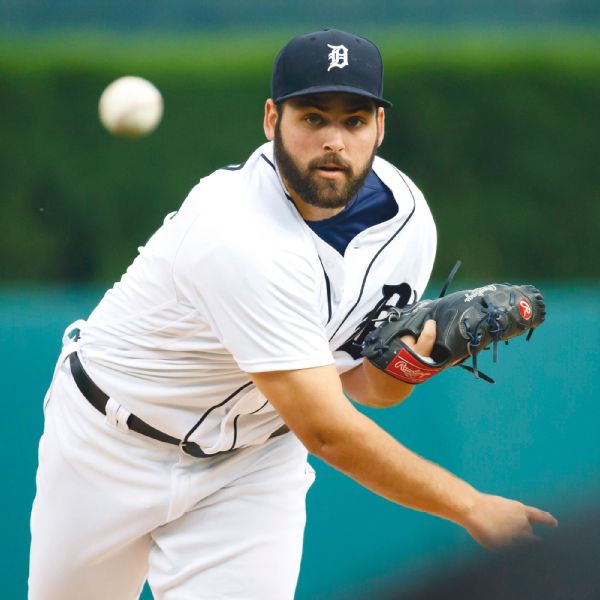
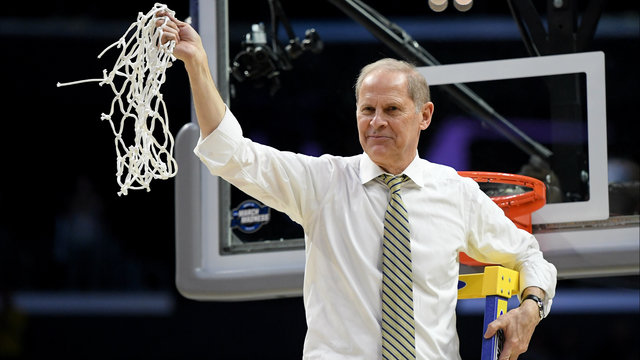
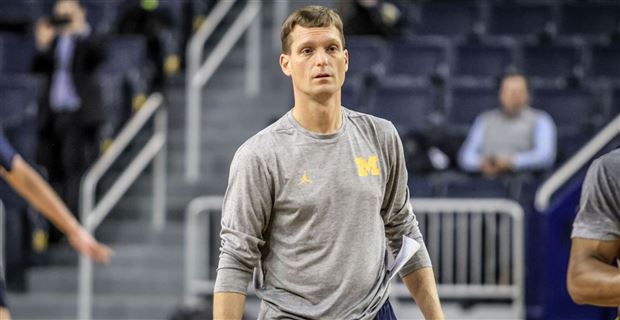
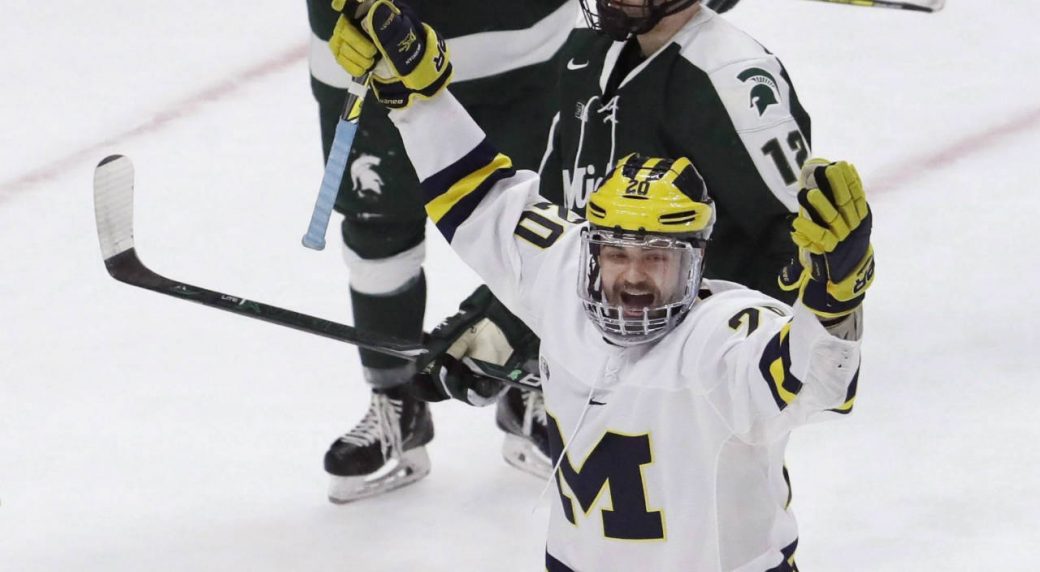
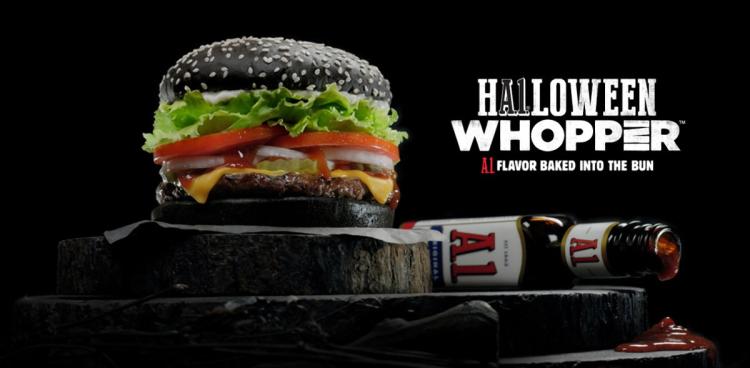
 RSS Feed
RSS Feed
